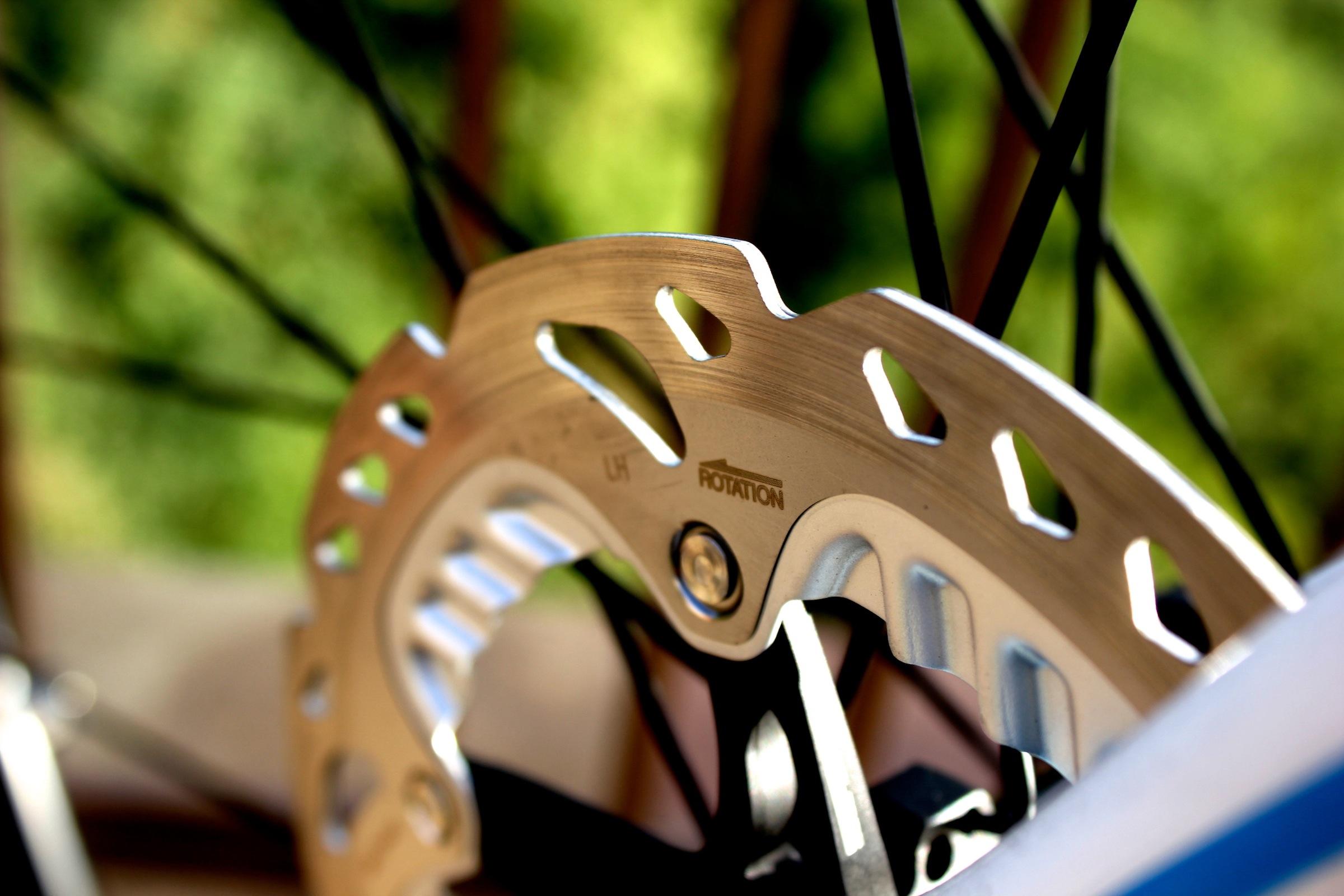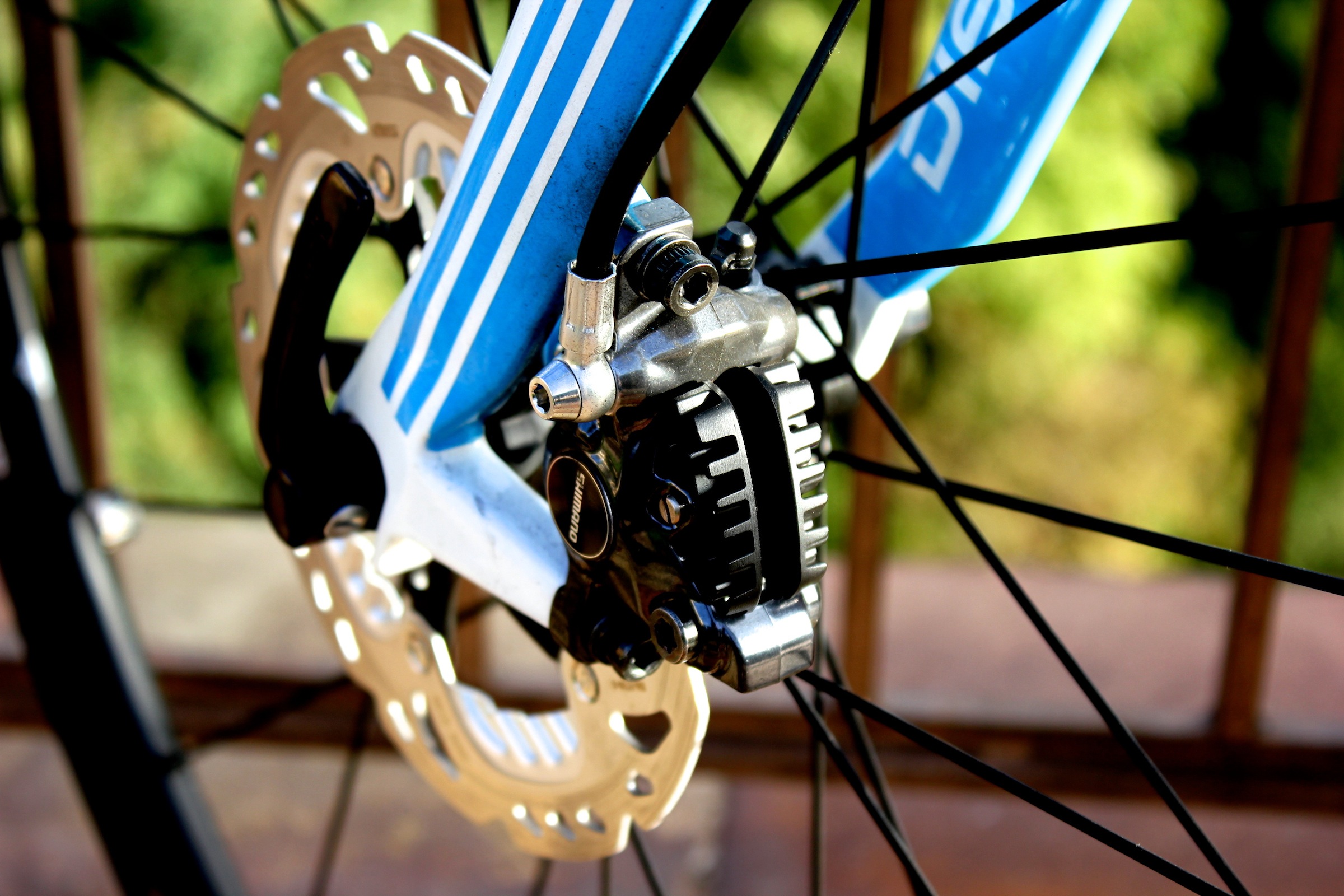Wyman, who managed his wife Helen through the period when cyclocross riders began to adopt disc brakes, had a lot to say on the issue. He explained: “Disc brakes themselves, as an item of equipment are not dangerous. They’re not heavy. They do not cause crashes. They provide a solid braking performance, with great modulation, and a fantastic range of adjustments to ensure they work perfectly with all sizes of hands and bars; which is actually a huge bonus for some women riders with small hands – and some men I’m sure.
Teams who don’t currently have access to a disc bike are going to fear this change; the reality is you can still win on a rim brake bike, as generally you aren’t braking going across the line.
“There seems to be an inherent fear of change and I think this comes from several places. Firstly, it comes from a lack of knowledge and experience. This really means people aren’t being educated on this new technology, and any pros and cons. Wheel changes are fast, bleeding disc brakes is quick and simple, pads last a long time, disc equipment can be very light. Secondly, it might come from protectionism when product isn’t available. In this particular example, of course teams who don’t currently have access to a disc bike are going to fear this change; the reality is you can still win on a rim brake bike, as generally you aren’t braking going across the line. All that changes is riders get an increased braking performance during an event.”
Almost all riders getting a flat are passed immediately by neutral. How many times have you seen a rider in a women’s race finish on a neutral bike, with toe-clips and straps?
Regarding neutral service, Wyman was quick to kick back on the arguments offered- saying: “Sitting in the team car in pro races all of last season, I had the conversation with my mechanic about why we still have neutral cars in women’s races. My conclusion was about 90% of it related to the historical look of the race, seeing Mavic or Shimano roll by just before or just after the peloton. Almost all riders getting a flat are passed immediately by neutral. They are rightly left to the team to deal with. A flat tyre is unfortunate, but it’s also an opportunity to speak to a team rider, to hand up bottles, food and instructions. How many times have you seen a rider in a women’s race finish on a neutral bike, with toe-clips and straps? These bikes are being carried around to every race on neutral cars to create a look, they aren’t ever being used.
“Largely, neutral service is redundant in UCI Pro level racing. There are exceptions [such as Flanders and Strada Bianche] – but developments in the way teams operate now have even potentially reduced that, with teams having staff members at all key points with spare wheels.
“I read one argument yesterday that women’s teams only have 1 team car at races; so why are we campaigning to stop the introduction of disc brakes, when we should be campaigning to have parity in the rules for men and women and for us to be able to have 2 team cars in women’s cycling at WWT level?”









